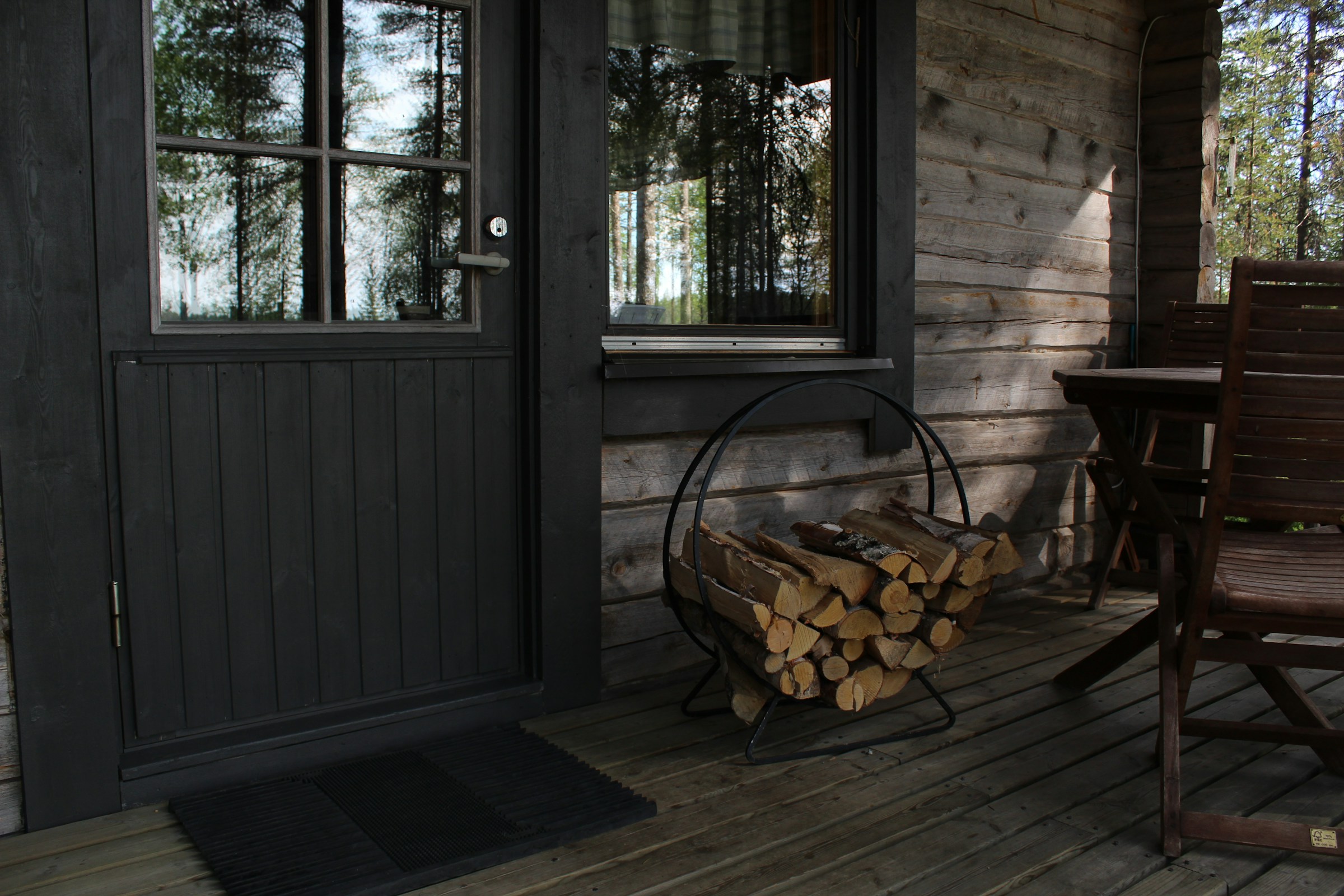Maintaining the longevity of wooden outdoor furniture in the UK’s notoriously unpredictable weather can seem a daunting task. However, with the right knowledge, tips and techniques, it is entirely possible to keep your garden furniture looking as good as new. This article will provide comprehensive insight on how you can best protect your wooden furniture against damage and prolong its lifespan.
Understanding the Impact of Weather on Wooden Furniture
The first step in caring for your outdoor furniture is understanding the impact of the UK’s harsh weather conditions. The UK experiences a large amount of rainfall throughout the year which can potentially cause serious damage to your wooden furniture.
En parallèle : What are the best energy-efficient appliances for a small London flat?
Wood is a naturally porous material, meaning it can absorb water and become swollen. If the absorbed water then freezes during the colder months, it can cause the wood to crack and split. Moreover, prolonged exposure to sunlight can also cause the wood to fade and lose its original colour.
While wood is generally a durable material, it is still susceptible to rot and mildew if not properly cared for. The damp British climate can create the perfect conditions for mould and fungus to thrive, causing your furniture to decay over time.
A découvrir également : Choosing the Perfect Compost for Your Container Garden in a Manchester Flat: A Guide for Urban Gardeners
Cleaning Your Outdoor Wooden Furniture Regularly
Regular cleaning is an important part of maintaining and prolonging the life of your garden furniture. Dirt, bird droppings, tree sap, and other substances can build up over time on the surface of your furniture. If left unattended, these can contribute to the decomposition of the wood, leading to damage and a shortened lifespan.
To clean your wooden furniture, it is recommended to use a soft bristle brush and a mild detergent mixed with warm water. This will remove dirt and grime without causing any damage to the wood. It’s essential to rinse the furniture thoroughly after cleaning to ensure no soap residue is left behind, which could attract more dirt or cause discoloration.
Once your furniture is clean, be sure to let it dry completely before applying any protective treatments. Applying oil or sealant to damp wood can seal in moisture, which can lead to rot and mildew.
Applying Protective Treatments to Wooden Furniture
One of the best ways to prolong the lifespan of your outdoor wooden furniture is by applying protective treatments. These treatments include oils, sealants, and varnishes, all of which help protect the wood from water damage, weathering, and UV radiation.
Oils, such as teak or linseed oil, penetrate the wood and provide deep nourishment, keeping it flexible and preventing it from drying out and cracking. On the other hand, sealants and varnishes create a protective layer on the surface of the wood, blocking out moisture, UV rays, and other potential sources of damage.
It’s important to note that different types of wood require different types of treatments. For instance, hardwoods like teak or oak might only need oiling once a year, while softer woods like pine may require a sealant and need to be treated more frequently.
Protecting Your Furniture in the Winter Months
Winter can be particularly hard on your wooden outdoor furniture. The combination of freezing temperatures, ice, snow, and increased rainfall can cause serious damage if your furniture isn’t properly protected.
One of the best ways to protect your furniture during the winter months is to store it in a dry, indoor location. If this isn’t possible, consider using outdoor furniture covers. These covers are designed to shield your furniture from the elements, preventing water and snow from making direct contact with the wood.
Before covering your furniture or moving it indoors, make sure it is clean and completely dry. Storing or covering damp furniture can trap moisture, leading to the growth of mould and mildew.
Consider Using Rattan Furniture for Easy Maintenance
If you’re looking for an alternative to wooden furniture, you might want to consider rattan. Rattan furniture is known for its durability and resistance to harsh weather conditions, making it a popular choice for outdoor furniture in the UK.
Rattan is a type of vine that is woven into a wicker pattern to create furniture. It is lightweight, strong, and highly resistant to UV rays and water damage. Unlike wood, rattan does not require regular oiling or sealing to maintain its appearance and longevity.
If you’re looking to reduce your outdoor furniture maintenance, rattan could be an excellent choice. With just a little cleaning and basic care, rattan furniture can stay looking good and functioning well for many years.
Ensuring Regular Maintenance for Wooden Furniture
Regular maintenance is a sure way to extend the life of your wooden garden furniture. Wooden furniture placed in outdoor spaces is exposed to the elements, making it susceptible to damage if not consistently cared for. Regular maintenance involves not only cleaning but also checking for signs of damage and addressing them promptly.
Inspect your furniture regularly for any signs of wear and tear, rot or mildew. If you notice any, act promptly. For instance, if you notice small cracks, you can fill them with wood filler before they become bigger and cause more damage. If you detect signs of mildew, clean the affected area with a solution of one part bleach to four parts water. Rinely thoroughly and let it dry before applying any protective treatment.
Additionally, keep an eye on the screws and joints of your furniture. Tighten any loose screws and repair any weak joints as necessary. This can help prevent further damage and ensure that your furniture remains sturdy and safe to use.
Finally, applying teak oil or a good-quality furniture sealant at regular intervals will help keep your furniture looking new and protect it from the harsh weather conditions. Remember to always apply these treatments to clean, dry wood for best results.
Re-staining Your Wooden Furniture
Occasionally, your wooden outdoor furniture may require more than just a clean and a coat of oil or sealant. It might need to be re-stained. Re-staining your furniture can help restore its original colour and lustre, which can fade over time due to exposure to the sun and other weather conditions.
To re-stain your furniture, start by cleaning it thoroughly and letting it dry. Then, lightly sand the surface with fine-grit sandpaper to remove the old stain and prepare the wood for the new stain. Apply the stain in thin, even coats, following the grain of the wood. Let each coat dry before applying the next one.
When choosing a stain, opt for one that’s specifically designed for outdoor use. These stains are more durable and resistant to weather conditions, providing better protection for your furniture.
Conclusion
The longevity of your wooden outdoor furniture can be greatly increased with regular maintenance, cleaning, protective treatments, and occasional re-staining. The UK’s unpredictable weather conditions can be tough on your garden furniture, but with the right care and attention, it can stay looking good and functioning well for many years.
If you’re looking for a lower-maintenance alternative, rattan furniture is a durable and weather-resistant option. Whichever material you choose for your outdoor furniture, remember that regular care is the key to ensuring its longevity. Finally, don’t forget to protect your furniture during the harsh winter months, either by storing it indoors or using protective covers.
















